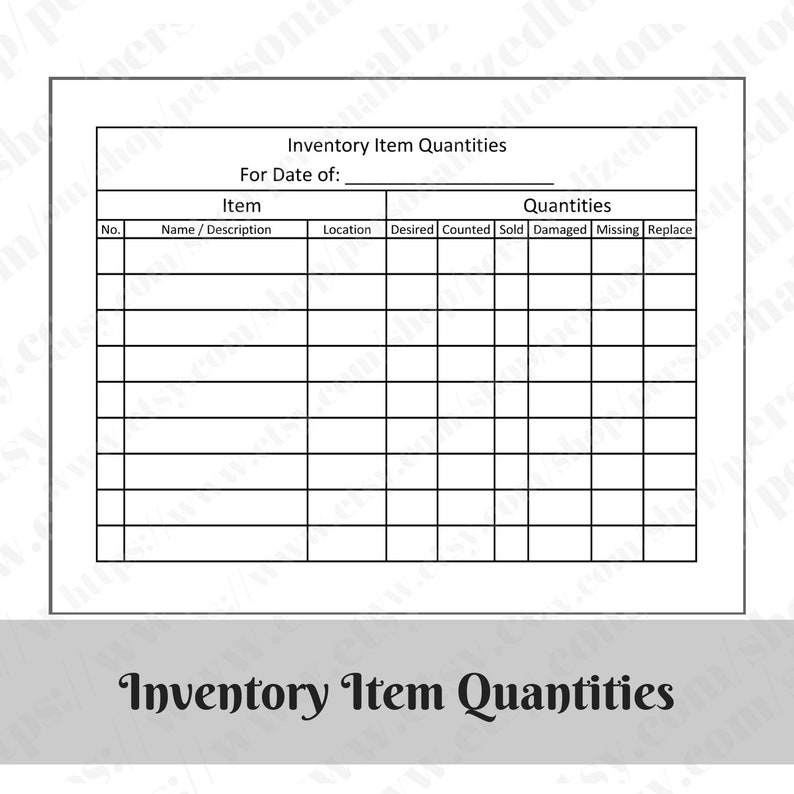


UNIX and other software and communications standards are bringing unprecedented portability among different vendors’ products and among different classes of products. Think of it as the emergence of an “information utility.” Using superfast RISC architectures, hardware suppliers are delivering enormous processing power at remarkably low costs. As we change what computers can do, we must change what we do with computers. We are finally (and just barely) beginning to tap the real potential of computer functionality. The new era is driven by the greatest upheaval in computer technology since the first wave of modern computer development 30 years ago. While it is more dangerous than ever to ignore the power of information technology, it is more dangerous still to believe that on its own, an information system can provide an enduring business advantage. By being the first to develop proprietary systems, pioneers could revolutionize their industries. Could the technology build barriers to competitive entry? Could it increase switching costs for customers? Could it change the balance of power in supplier relationships? He went on to argue that for many companies the answer was yes. 1 He asked managers to consider how information systems might benefit their companies. Warren McFarlan published an influential article in HBR on the competitive potential of information technology.

These and a handful of other well-known computer systems (the Information Technology Hall of Fame, if you will) represent an important chapter in the application of electronic technologies to build competitive advantage and enhance organizational effectiveness. Fields Cookies relied on its Retail Operations Intelligence system, an automated store management network, to build and operate a nationwide chain of 400 retail outlets without a costly and stifling headquarters bureaucracy.
United Service Automobile Association used its Automated Insurance Environment-a collection of telecommunication systems, databases, expert systems, and image-processing technologies-to consistently outperform its insurance industry rivals in service quality, premium growth, and profitability.  American Hospital Supply’s ASAP order-entry and inventory-control system generated huge sales increases for the company’s medical products and turned it into an industry leader. SABRE, American Airlines’s reservation system, which eventually became a computerized reservation system (CRS), and Apollo, the other leading CRS, transformed marketing and distribution in the airline industry. Who, by now, cannot recite the computer-based success stories of the 1970s and 1980s? Within their companies, they will focus less on developing stand-alone applications than on building electronic platforms that can transform their organizational structures and support new ways of making decisions. As astute managers maneuver against rivals, they will focus less on being the first to build proprietary electronic tools than on being the best at using and improving generally available tools to enhance what their organizations already do well. In this new era, information technology will be at once more pervasive and less potent-table stakes for competition, but no trump card for competitive success. We are entering a new era, one in which the thinking that guided “best practice” as recently as five years ago is actually counterproductive. At the risk of sounding immodest, we helped define an era. As a result, our experience underscored the competitive and organizational potential of information technology. Developing these systems consumed millions of man-hours and billions of dollars, but their marketplace advantages were huge. I have built my career, and American Airlines has built much of its business, around massive, centralized, proprietary computer systems.
American Hospital Supply’s ASAP order-entry and inventory-control system generated huge sales increases for the company’s medical products and turned it into an industry leader. SABRE, American Airlines’s reservation system, which eventually became a computerized reservation system (CRS), and Apollo, the other leading CRS, transformed marketing and distribution in the airline industry. Who, by now, cannot recite the computer-based success stories of the 1970s and 1980s? Within their companies, they will focus less on developing stand-alone applications than on building electronic platforms that can transform their organizational structures and support new ways of making decisions. As astute managers maneuver against rivals, they will focus less on being the first to build proprietary electronic tools than on being the best at using and improving generally available tools to enhance what their organizations already do well. In this new era, information technology will be at once more pervasive and less potent-table stakes for competition, but no trump card for competitive success. We are entering a new era, one in which the thinking that guided “best practice” as recently as five years ago is actually counterproductive. At the risk of sounding immodest, we helped define an era. As a result, our experience underscored the competitive and organizational potential of information technology. Developing these systems consumed millions of man-hours and billions of dollars, but their marketplace advantages were huge. I have built my career, and American Airlines has built much of its business, around massive, centralized, proprietary computer systems.








 0 kommentar(er)
0 kommentar(er)
